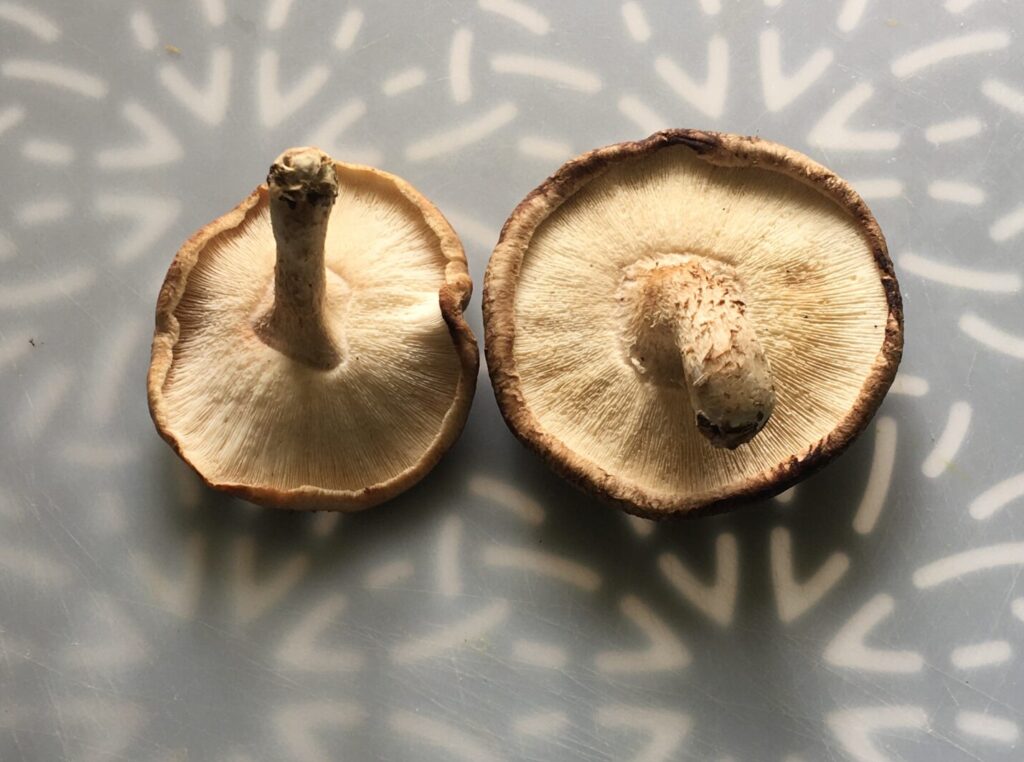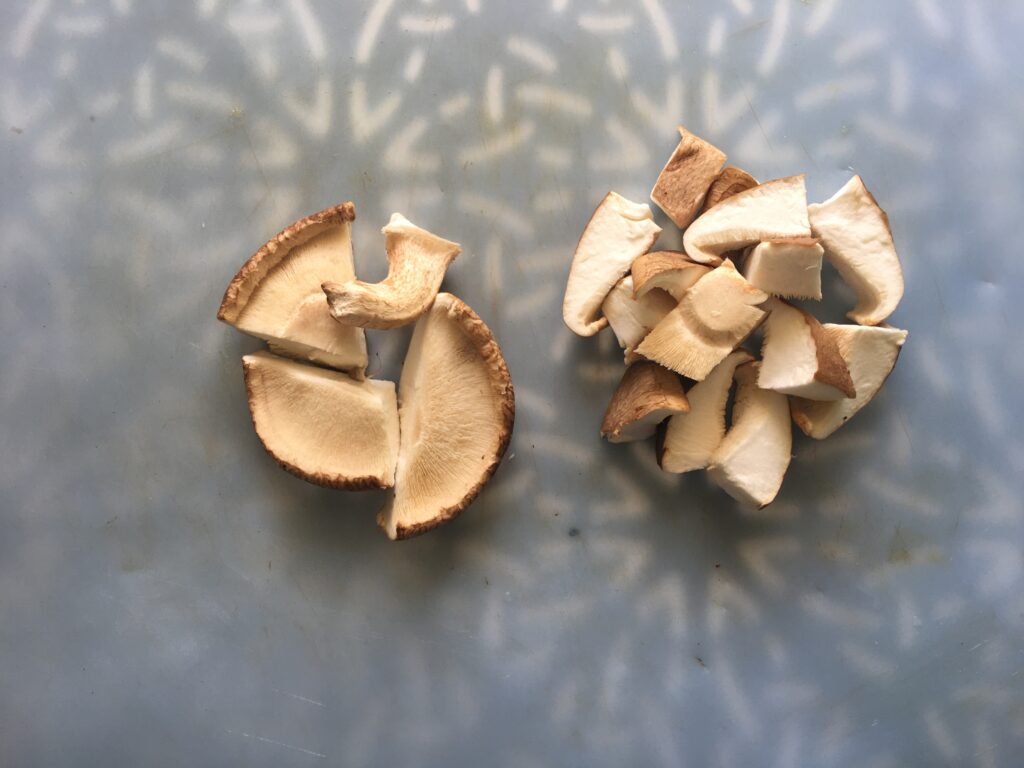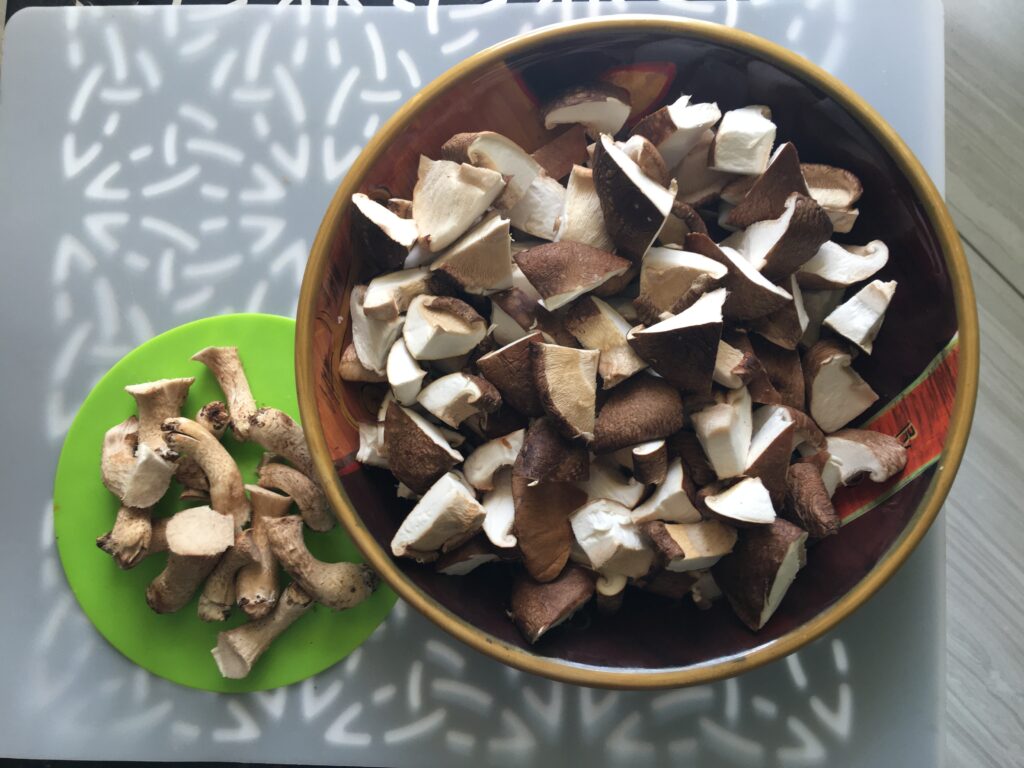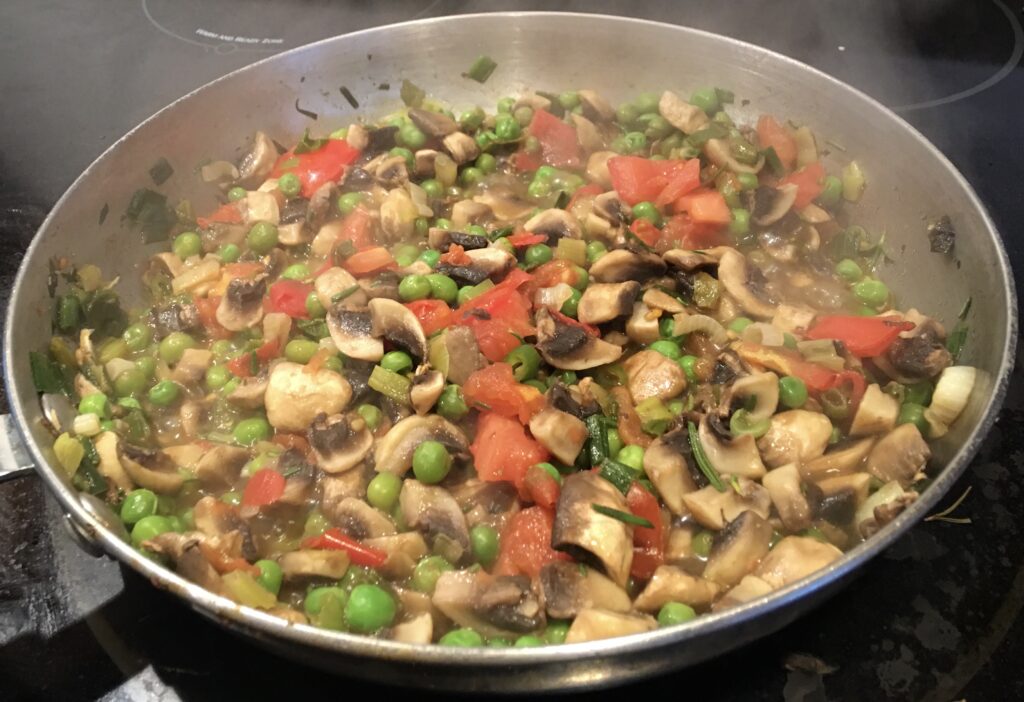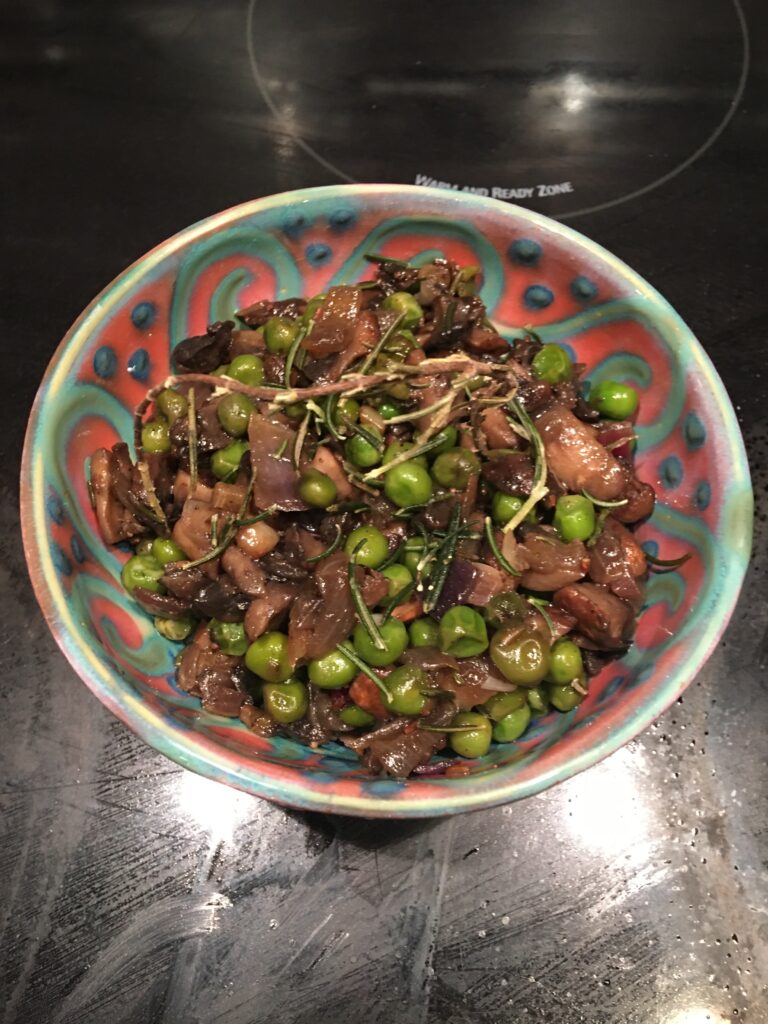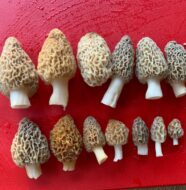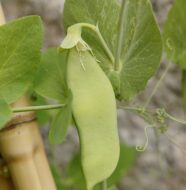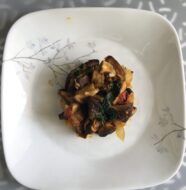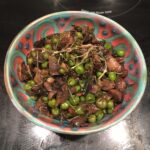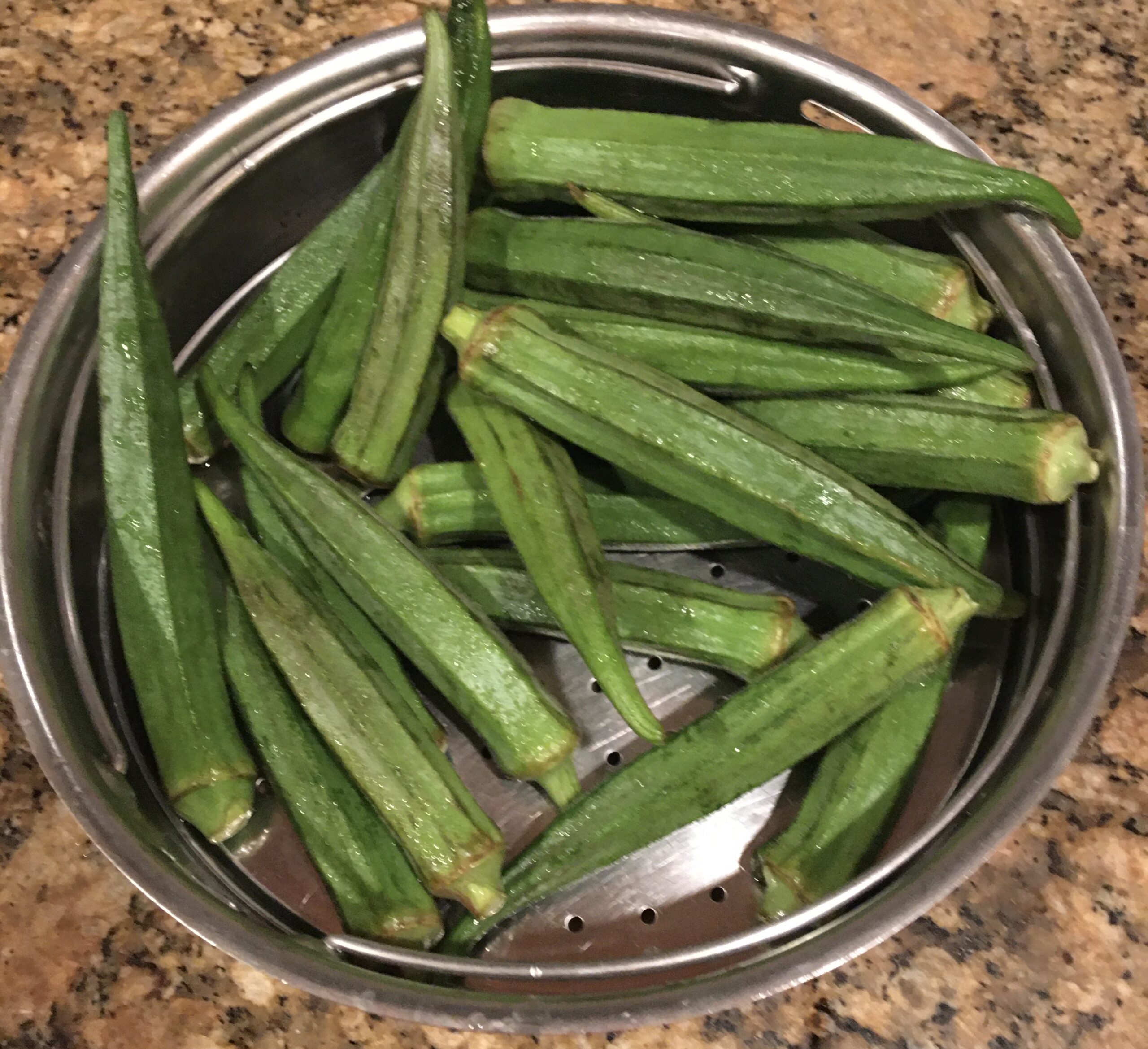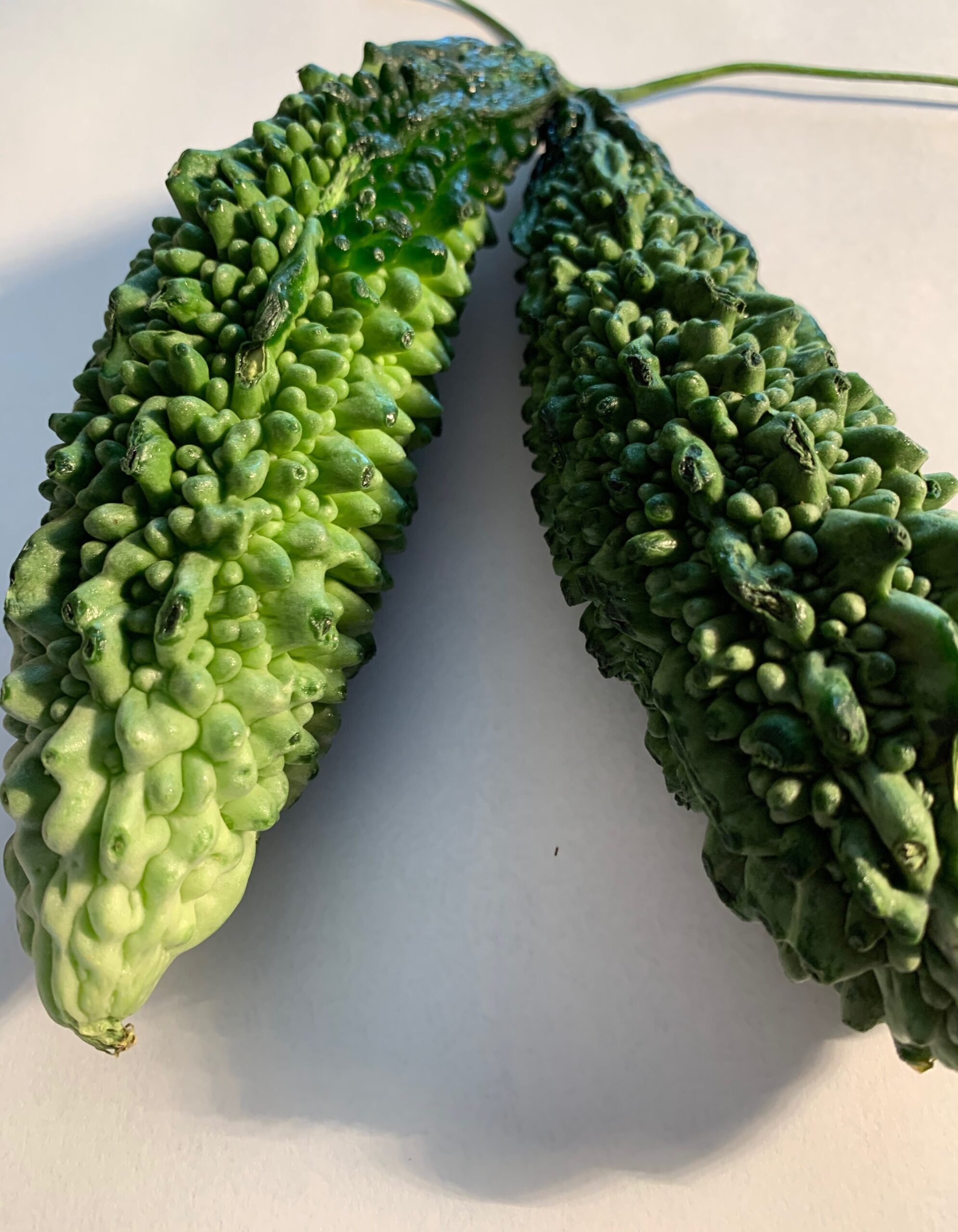Mushrooms, known as one of nature’s super vegetables, are edible fungi with a family name Agaricus Bisporus. They are Saprophytes (plants without chlorophyll) and thrive by extracting nutrients from dead and decaying plants and matter. They vary greatly in their color, texture. shape and properties. Some varieties are the white button, Crimini, Portabella, Shitake, Maitake, Oyster, Enoki, Beech, and Royal trumpet. Exotic wild mushrooms like Morel, Puffball, etc. excite the palate. They grow in varying colors of white to black with a variety of flavors – bland, rich, or earthy.
Mushrooms were introduced to Indian cooking by the Chinese, a popular vegetable in China. In this d
History: The word mushroom was derived from the French word for Fungi and molds. In 1650 a melon grower found it growing on his fertilizer who decided to grow it commercially and introduce it in exclusive Parisian restaurants. It was given the name Parisian mushrooms. Later the French gardener Chambry found the caves to be the right cool and moist environment for cultivating mushrooms, after which large scale cultivation developed in the caves around Paris.
In Asia, the first fungi were cultivated in 600. In Europe, mushrooms were introduced in the 17th century. In the Netherlands at the beginning of the 19th century and was only available to the elite. Only after 1950, the Dutch consumer became familiar due to its growth in many areas south of the great rivers. The Dutch mushroom cultivation is known for the strict control it keeps on its cultivation. China is in 1st place with 70% world production with the USA being 2nd & Netherlands holding the 3rd position. Every year millions of tons of mushrooms are cultivated worldwide. http://www.mychampi.com/en/mushrooms/history
Buying & Storage
Edible & fleshy button or portobella mushrooms possess a mild earthy flavor. Their cap size varies from 1/2″ to 3″ and color from white to tan. They are sold in bulk or in 8 – 16 oz. packages. When buying mushrooms, look for those that are firm and evenly colored, with tightly closed caps. They are past their prime if gills are showing.
Mushroom Recipes
Mushroom n Peas Sauté (Chatrak Matar Subzee)
Mushroom n Tomato Sauce (Chatrak Tamatar Rassa)
Stuffed Mushrooms (Bhara Chatrak)
Mushroom Macaroni Soup (Chatrak Sev Shorba)
Nutrition Facts of Mushroom
| GI = 32; GL=2 Water =78.4 g |
Minerals | Vitamins |
| Energy 22 kcal – 1% | Calcium 3mg – <1% | Folates 17mcg – 4% |
| Carb. 3.26g – 2.5% | Copper 0.318mg -7% | Niacin 3.607mg – 23% |
| Protein 2.18g -4% | Iron 0.5mg -6% | Pantothenic acid 1.497mg – 27% |
| Total Fat 0.34g – 1% | Magnesium 9mg -2% | Pyridoxine B6 0.104mg – 8% |
| Dietary Fiber 1g -3% | Manganese 0.047mg – 2% | Riboflavin 0.402mg -31% |
| Sodium 5mg – 0.5% | Phosphorous 86mg -12% | Thiamin 0.81mg – 7% |
| Potassium 318mg – 7% | Selenium 9.3mcg – 17% | Vitamin C 2.1mg – 3.5% |
| Zinc 0.52mg – 15% | Vitamin D 7IU – 1% |
Health Benefits of Mushroom
- Mushrooms are rich in B complex vitamins mushrooms provide energy by breaking down protein, fats & carbohydrates. They also play an important role in the functioning of the nervous system.
- Mushrooms contain Vitamin D, a fat-soluble vitamin required for bone growth and calcium metabolism. Button mushrooms carry vitamin D in the form of ergocalciferol.
- Enhance the immune system: Ergothionene a powerful anti-oxidant present in mushrooms is very effective in protection from free radicals. They also contain antibiotics that
inhibit microbial growth and other fungal infections. A good combination of Vitamin A, B complex & C found in them strengthens the immune system. - Lower blood pressure: Shitake and Maitake mushrooms are high in potassium content. Potassium acts as a vasodilator relaxing tension in blood vessels thus reducing blood pressure. Potassium also increases cognitive function, as increased blood and oxygen flow to the brain stimulates neural activity.
- Copper content 35% RDA is useful for red blood cell production (Hematopoiesis), neurotransmission & as a co-factor for oxidative enzymes.
- Selenium content 17% RDA is a co-factor nutrient for the antioxidant enzyme glutathione peroxidase which plays a critical role in the integrity of liver and heart tissues.
Spice Power
- Turmeric powder can treat skin conditions: it offers many benefits to the skin; turmeric can speed up wound healing, calm the pores to help reduce acne, prevent scarring, and psoriasis flare-ups. Its antioxidant and anti-inflammatory properties are very effective though the bright yellow color does stain the skin, and some may develop an allergic reaction to topical application it is ideal to consult a dermatologist prior to use.
- Ginger powder relieves upset stomach with its anti-inflammatory properties by neutralizing the digestive juices, stimulates food digestion, and absorption eliminating excess gas from intestinal tracts.
- Garlic powder improves cholesterol levels which may lower risks of heart disease. its supplements can reduce total and LDL cholesterol.
- Pepper powder enhances nutrient absorption. Piperine increases the bioavailability of certain substances like curcumin found in turmeric to reduce the severity of major diseases including pancreatic cancer, Alzheimer’s disease, and psoriases.
- Curry powder aids the immune system and improves bone health. Testing of curry powder has shown turmeric to increase the speed of bone growth, connectivity, and repair while reducing signs of bone loss by 50%.
Method to cook Mushroom n Peas Sauté (Chatrak Matar Subzee)
- Rinse and wipe mushrooms with a paper towel.
- Trim stem and cut mushrooms into 1/2″ slices.
- Peel and chop the onion fine. (4 min.)
- Heat the oil in a frying pan. Add flour and stir until it turns into a golden color.
- Add onions, salt, spices; sauté on medium heat until onions turn translucent. (2 min.)
- Add sliced mushrooms and peas.
- Sauté on high heat until all the water from the mushrooms and peas evaporates. (6 min.)
- Remove from heat and allow to cool.
- Add sour cream or hummus and mix well to get a creamy consistency.
Serve Mushrooms n Peas Sauté with Quinoa, Parathas, Pooris or Naan.
TIPS
To save on cutting time use pre sliced mushrooms
Crush fresh ginger and garlic instead of powders for a fresh flavor
mushroom peas sauté = chatrak matar subzee

